Europe offers some of the most breathtaking cycling experiences on the planet, with routes that wind through medieval villages, past pristine lakes, and over mountain passes that have challenged cyclists for generations. From the gentle coastal paths of Denmark to the challenging climbs of the French Alps, these carefully maintained bike routes showcase the continent’s incredible diversity.
Whether you’re seeking a leisurely family ride or an epic adventure that tests your limits, European cycling infrastructure makes it surprisingly easy to travel and explore at your own pace. The routes we’ve selected represent the cream of the crop when it comes to scenic beauty and riding quality.
Here is a list of 17 European bike routes that deserve a spot on every cyclist’s bucket list.
Danube Cycle Path
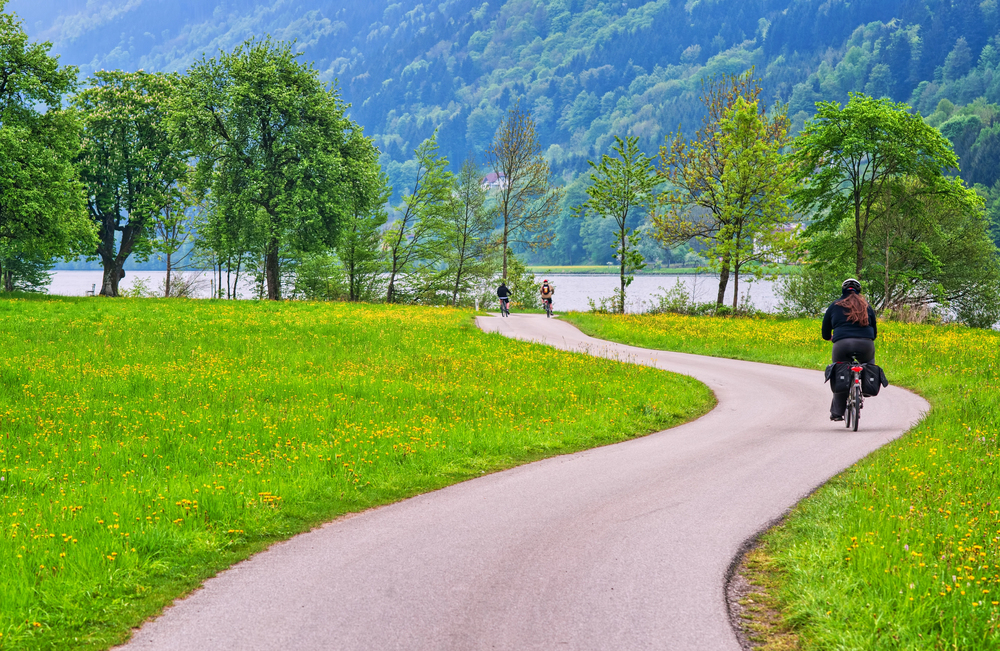
The Danube Cycle Path stretches over 1,200 miles from Germany’s Black Forest to the Black Sea, making it one of Europe’s most popular long-distance cycling routes. The German and Austrian sections are particularly well-developed, with dedicated bike lanes, excellent signage, and plenty of places to stop for traditional hearty meals.
You’ll pedal past fairy-tale castles, through the famous Wachau Valley vineyards, and alongside Europe’s second-longest river as it meanders through multiple countries. The relatively flat terrain makes this route accessible to cyclists of all skill levels, though the sheer distance means you can tackle as much or as little as your schedule allows.
EuroVelo 6
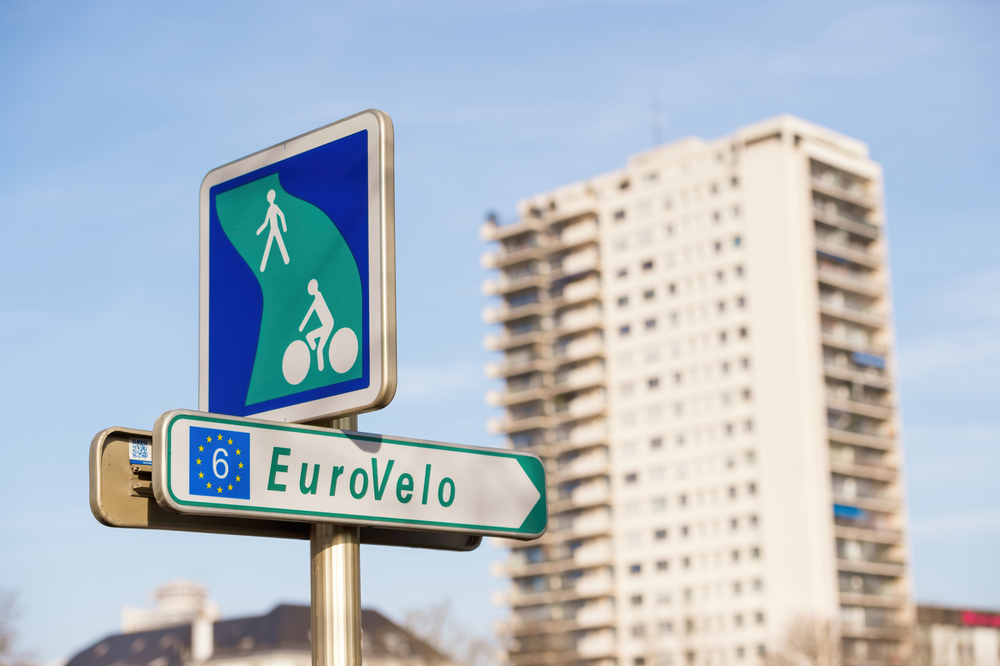
This transcontinental route follows Europe’s three major rivers—the Loire, Rhine, and Danube—connecting the Atlantic Ocean to the Black Sea across 2,200 miles. The French section through the Loire Valley is absolutely magical, taking you past Renaissance châteaux and through regions famous for their wine production.
What makes EuroVelo 6 apart is how it seamlessly connects different countries and cultures while maintaining excellent cycling infrastructure throughout most of its length. The route is mostly flat with gentle gradients, making it perfect for cycle touring with panniers loaded with gear.
Like Travel Pug’s content? Follow us on MSN.
Rhine Route
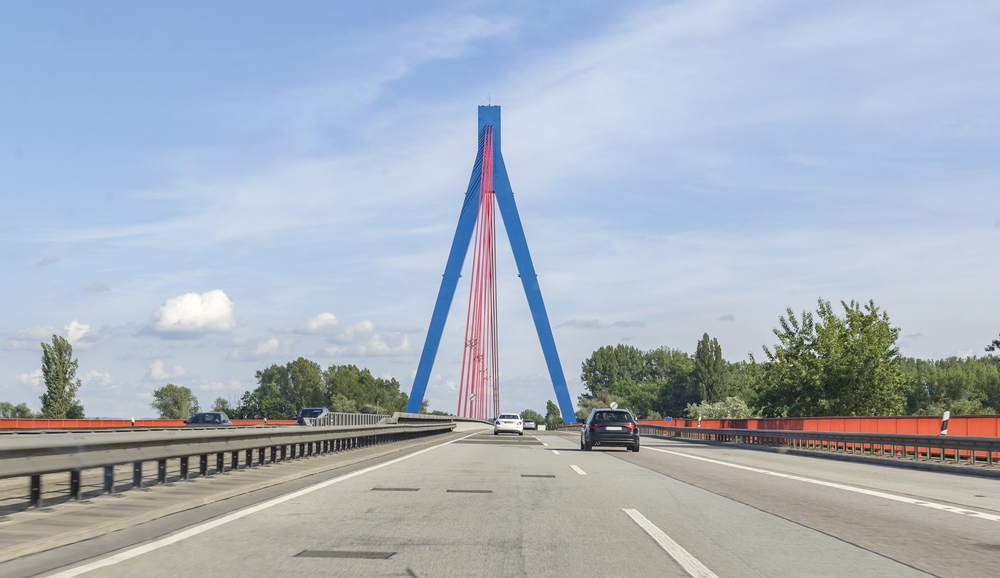
Following the Rhine River from Switzerland to the Netherlands, this 750-mile route offers some of the most romantic scenery in Europe. The section through Germany’s Rhine Valley is particularly stunning, with medieval castles perched on hilltops and terraced vineyards cascading down to the water’s edge.
You’ll cycle through the famous Lorelei valley, where legend says a siren once lured sailors to their doom with her enchanting voice. The well-maintained bike paths rarely stray far from the river, and the mostly flat terrain means you can focus on soaking up the scenery rather than catching your breath.
Via Claudia Augusta
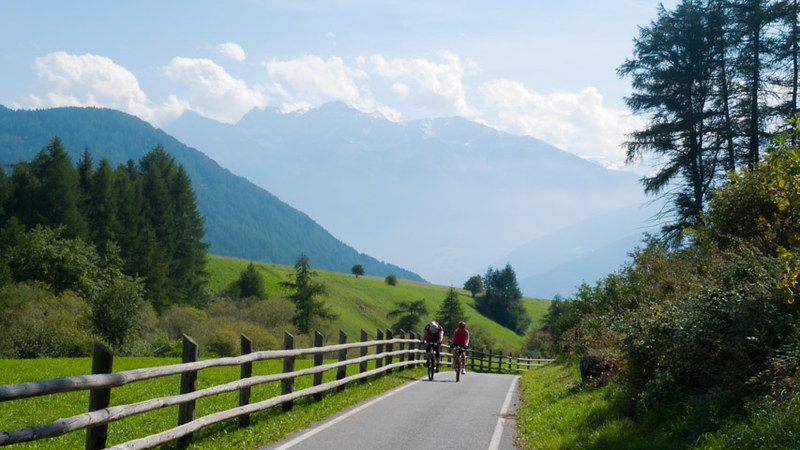
This ancient Roman trade route has been transformed into one of Europe’s most historically rich cycling experiences, stretching 435 miles from Germany’s Danube River across the Alps to Italy’s Adriatic coast. The route follows the same path that Roman legions once marched, taking you through Alpine valleys, past pristine lakes, and over mountain passes that offer jaw-dropping views.
The German and Austrian sections are relatively gentle, but once you hit the Italian Alps, you’ll face some serious climbs that reward you with spectacular vistas. Modern cyclists can appreciate how the Romans chose their routes wisely—even 2,000 years later, this remains one of the most logical ways to cross the Alps.
North Sea Cycle Route
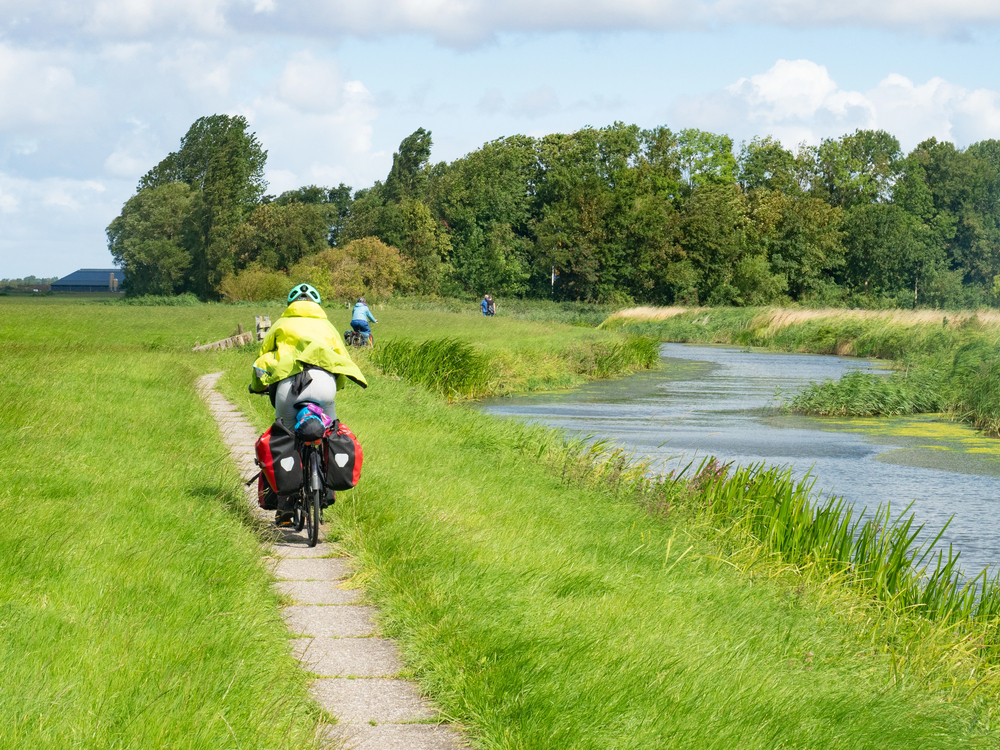
— Photo by thomas.stoiber
At 3,700 miles, the North Sea Cycle Route holds the record as the world’s longest signposted international bike route, circling the entire North Sea through eight countries. The Norwegian fjord sections are absolutely breathtaking, with dramatic cliffs dropping into deep blue waters and waterfalls tumbling from impossible heights.
The Dutch and Danish portions offer a completely different experience, with flat coastal paths that let you cruise at a comfortable pace while watching traditional windmills dot the landscape. Weather can be unpredictable along the coast, so pack layers and waterproof gear—but when the sun breaks through, there’s nothing quite like cycling beside the North Sea with a fresh breeze at your back.
Like Travel Pug’s content? Follow us on MSN.
Camino de Santiago by Bike
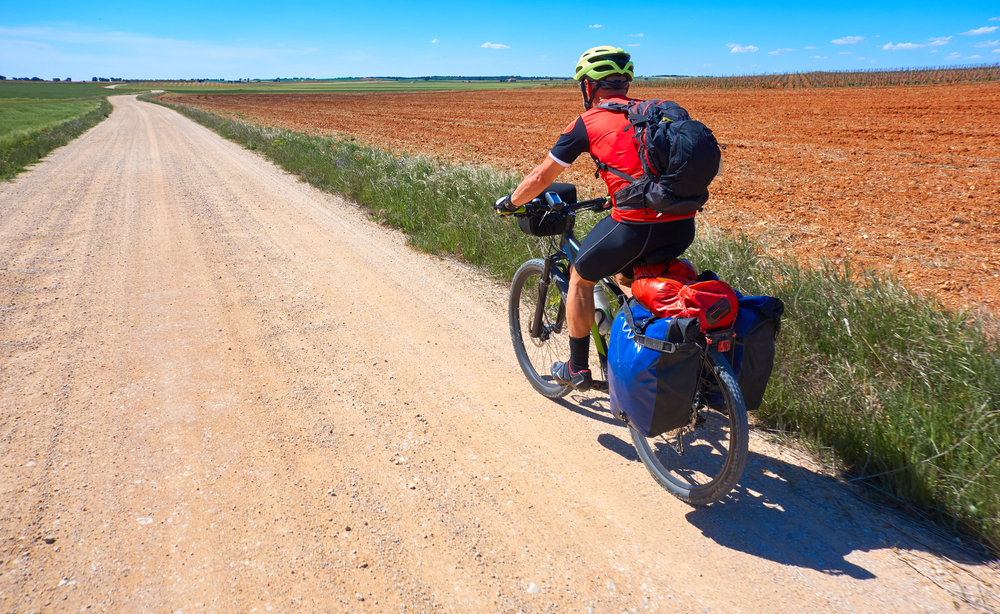
The ancient pilgrimage route to Santiago de Compostela has been adapted for cyclists, offering a spiritual and physical journey across northern Spain. The French Way is the most popular cycling route, stretching about 500 miles from the French border through diverse Spanish landscapes. You’ll climb over the Pyrenees, cross the rolling hills of Castile, and finish in the medieval city of Santiago de Compostela, where pilgrims have been arriving for over a thousand years.
The route can be challenging with some steep climbs, but the sense of accomplishment and the camaraderie among fellow pilgrims create an unforgettable experience.
Iron Curtain Trail
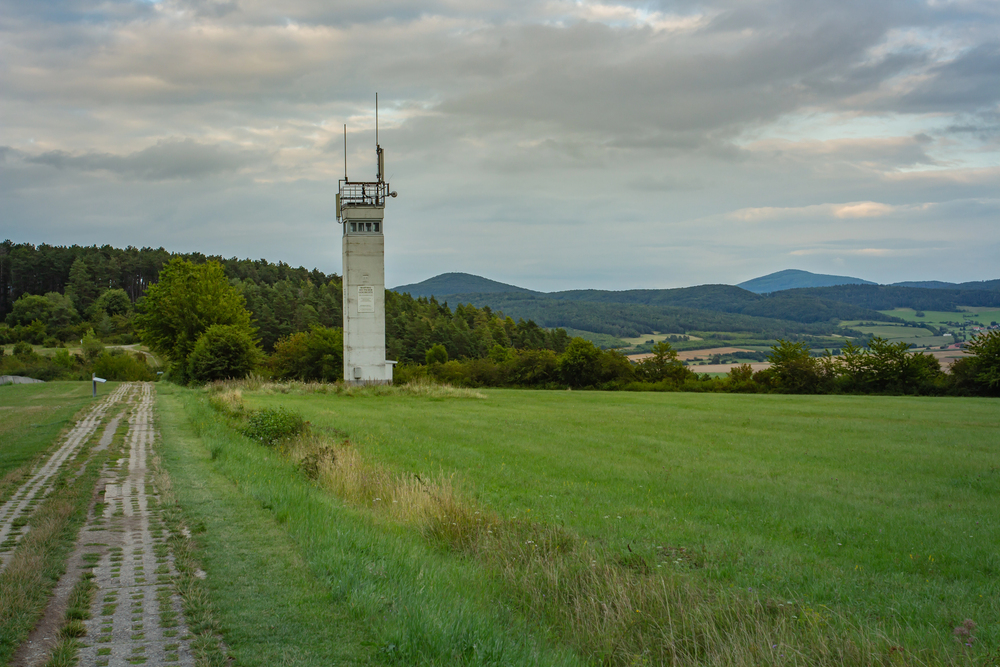
— Photo by diadis
This 4,225-mile route follows the former Iron Curtain from the Barents Sea to the Black Sea, creating a unique cycling journey through European history. The trail passes through 20 countries and offers a fascinating glimpse into how the continent has changed since the fall of communism.
You’ll cycle past remnants of border fortifications, through forests that once formed no-man’s land, and into cities that have been completely transformed over the past few decades. The Baltic section through Estonia, Latvia, and Lithuania is particularly beautiful, with pristine beaches and dense forests that wildlife has reclaimed after decades of restricted access.
Alpe Adria Cycle Path
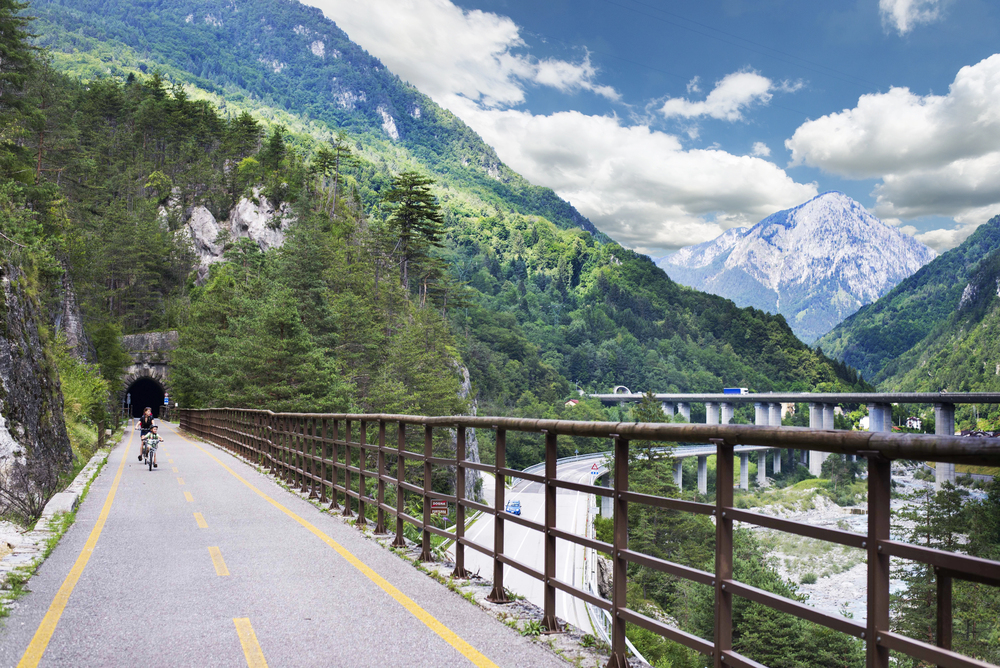
— Photo by vladiczech
Connecting Salzburg, Austria to the Italian seaside town of Grado, this 260-mile route takes you from Alpine peaks to Mediterranean beaches in just a few days of cycling. The highlight is definitely the crossing through the Carnic Alps, where you’ll ride through several tunnels and across viaducts that were originally built for trains.
The route is surprisingly manageable despite crossing mountain ranges, thanks to clever engineering that keeps gradients reasonable for loaded touring bikes. You’ll finish your journey with your wheels literally touching the warm waters of the Adriatic Sea—a perfect reward after days of mountain cycling.
Like Travel Pug’s content? Follow us on MSN.
Great Glen Way
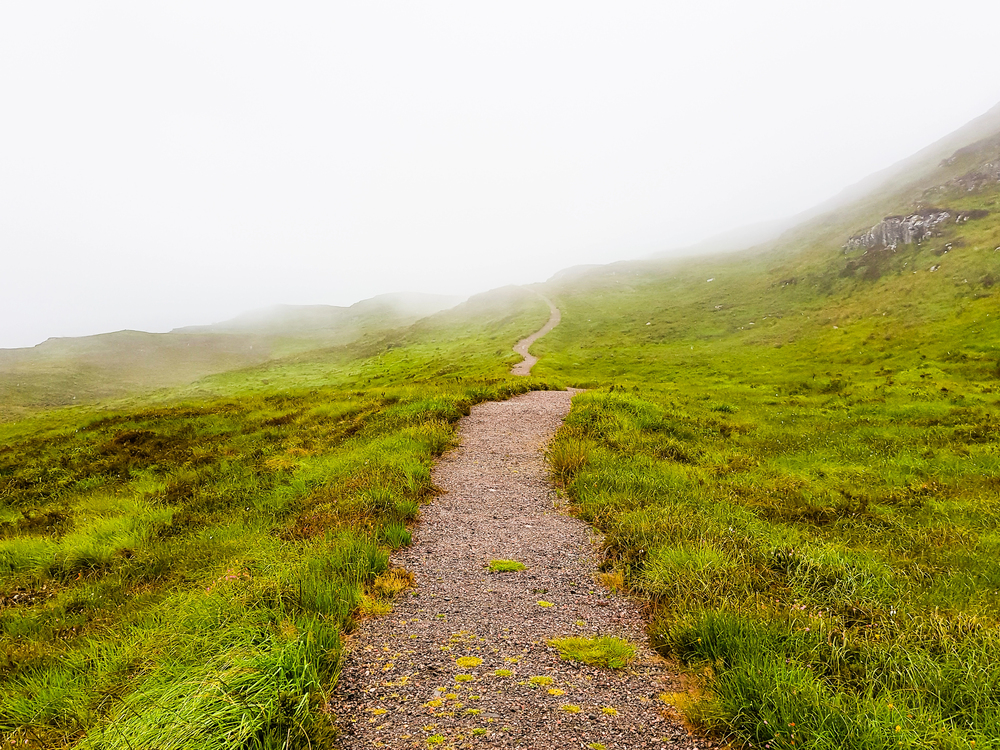
Scotland’s Great Glen Way follows the natural fault line that cuts across the Scottish Highlands, connecting Fort William to Inverness over 79 miles. The route takes you alongside famous Loch Ness (keep your eyes peeled for monsters) and through some of the most dramatic Highland scenery in Scotland.
You’ll cycle past ancient castles, through Glen Nevis with Ben Nevis towering overhead, and along lochs that reflect the surrounding mountains like perfect mirrors. The terrain includes some challenging climbs, but the raw beauty of the Scottish Highlands makes every pedal stroke worthwhile.
Romantic Road
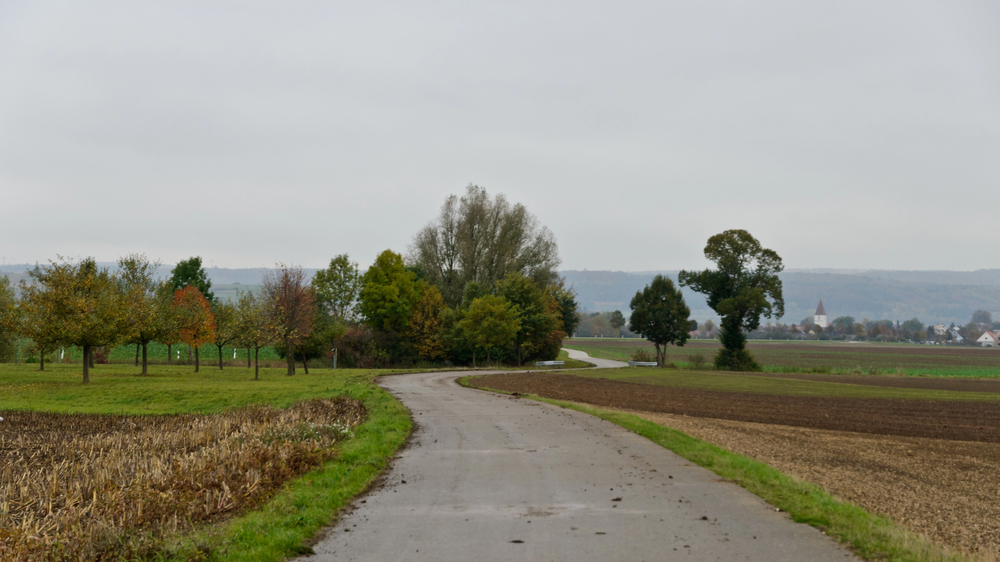
Germany’s Romantic Road lives up to its name, winding 220 miles through Bavaria from Würzburg to Füssen past medieval towns that look like they stepped out of a fairy tale. The route passes through Rothenburg ob der Tauber, one of Europe’s best-preserved medieval cities, and ends at Neuschwanstein Castle, the inspiration for Disney’s Sleeping Beauty castle.
Rolling hills and gentle valleys make for pleasant cycling, while the frequent towns mean you’re never far from a traditional German gasthaus serving local specialties. The route can get crowded during peak tourist season, but early morning starts will give you those magical golden-hour photos with fewer crowds.
Loire Valley Châteaux Route
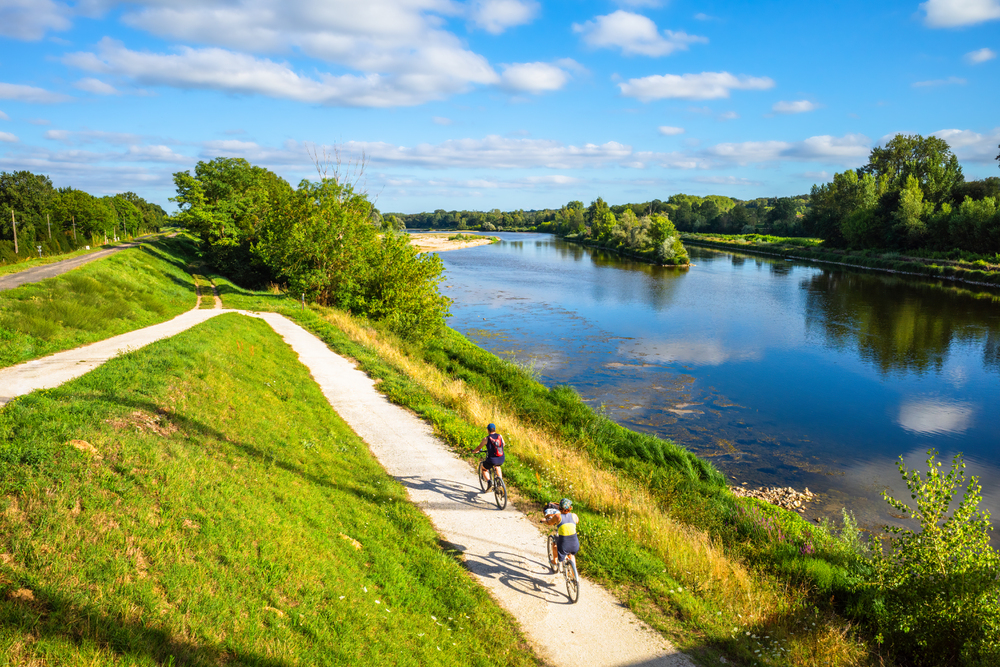
The Loire Valley’s dedicated cycling network connects dozens of Renaissance châteaux over about 500 miles of well-marked routes through France’s ‘Garden of France’. You’ll pedal through vineyards, past sunflower fields, and along the peaceful Loire River while discovering architectural masterpieces like Chambord, Chenonceau, and Amboise.
The terrain is refreshingly flat, making this route perfect for families or anyone who prefers to save their energy for château exploration rather than hill climbing. Many châteaux offer bike rental and special cycling packages, making it easy to hop from one castle to another without worrying about logistics.
Like Travel Pug’s content? Follow us on MSN.
Kattegattleden
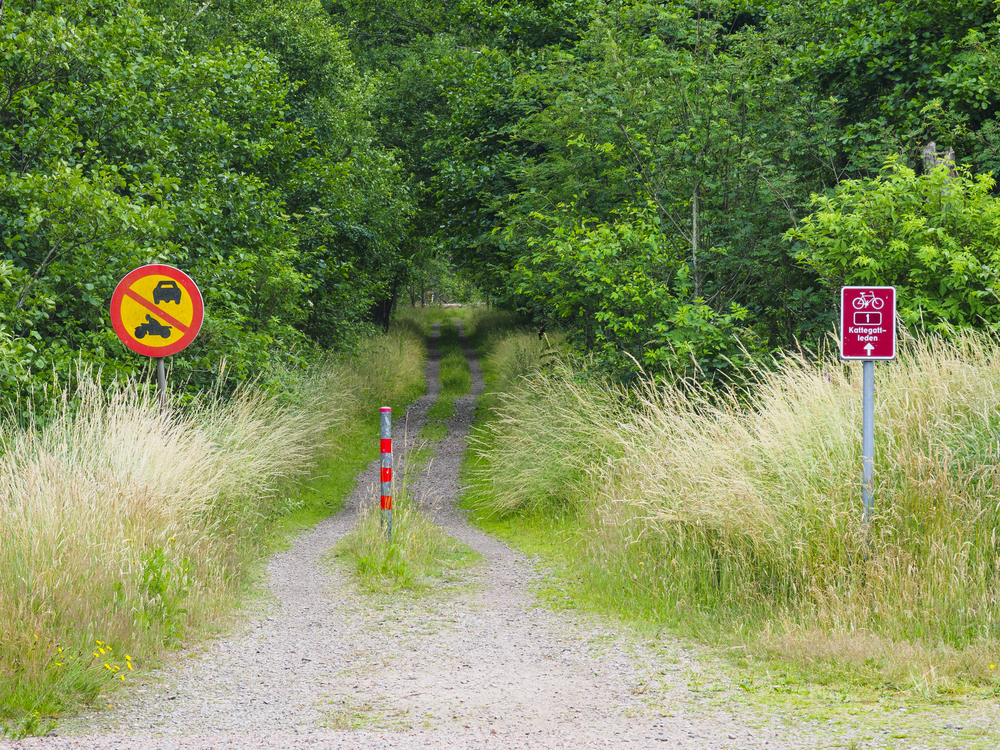
Sweden’s first national cycling route runs 230 miles along the country’s west coast from Helsingborg to Gothenburg, showcasing the best of Scandinavian coastal scenery. The route hugs the coastline, passing through fishing villages where red wooden houses reflect in calm harbors and rocky archipelagos stretch out into the Kattegat strait.
You’ll cycle through nature reserves where ancient forests meet sandy beaches, and the excellent infrastructure includes dedicated bike ferries to connect islands. The relatively flat terrain and well-maintained paths make this route accessible to cyclists of all ages, while the long summer days mean you can cycle well into the evening under the midnight sun.
Flanders Cycle Route

Belgium’s Flanders region offers a network of interconnected cycling routes that let you create your own adventure through one of Europe’s most bike-friendly areas. The routes connect historic cities like Bruges, Ghent, and Antwerp while passing through countryside dotted with traditional windmills and fields of colorful tulips in spring.
You’ll discover that Flanders takes cycling seriously—the infrastructure is world-class, with dedicated bike lanes, excellent signage, and bike-friendly accommodations everywhere. The terrain is mostly flat with occasional gentle hills, making it perfect for leisurely exploration of medieval architecture and sampling the region’s famous beers and chocolates.
Parenzana Trail

This 78-mile route follows a former narrow-gauge railway line through Slovenia, Croatia, and Italy, connecting the historic town of Trieste to the hilltop village of Poreč. The trail passes through the heart of Istria, a peninsula known for its truffles, wine, and remarkably well-preserved medieval towns.
You’ll cycle through 36 tunnels and across several viaducts, remnants of the original railway that add adventure to your ride. The route offers spectacular views of the Adriatic coast and takes you through landscapes that change from Italian to Slavic influences as you cross borders that today exist mainly on maps.
Like Travel Pug’s content? Follow us on MSN.
Salzkammergut Cycle Route

Austria’s Lake District offers a 210-mile network of cycling routes that connect pristine Alpine lakes surrounded by dramatic mountain peaks. The route passes through Hallstatt, often called the world’s most beautiful lakeside village, and around lakes so clear you can see fish swimming in the depths.
You’ll cycle through landscapes that inspired countless classical composers and continue to attract visitors with their pristine natural beauty. The terrain includes some challenging climbs over mountain passes, but the rewards include sweeping views over multiple lakes and the satisfaction of cycling through some of Austria’s most exclusive resort areas.
Via Verde de la Sierra

Spain’s ‘Green Way of the Mountains’ transforms a former railway line into a 22-mile cycling route through Andalusia’s stunning Sierra de Grazalema Natural Park. The route features 30 tunnels and four impressive viaducts, including one that’s nearly 1,000 feet long and offers breathtaking views over the surrounding valleys.
You’ll cycle through traditional white villages perched on mountainsides and past olive groves that have been cultivated for centuries. The gentle downhill gradient (it follows the old railway line) makes this route accessible to families, while the spectacular mountain scenery keeps everyone enchanted throughout the journey.
Ciclovia Alpe Adria

— Photo by vladiczech
This 270-mile route connects Salzburg to the Adriatic Sea, crossing three countries and showcasing incredibly diverse landscapes along the way. The Austrian section takes you through the beautiful Gastein Valley, known for its thermal springs and Alpine meadows filled with wildflowers.
You’ll cross into Italy through the spectacular Tauern Tunnel, then descend through traditional Italian villages where locals wave from their doorsteps as cyclists pass by. The route ends at the seaside resort of Grado, where you can literally dip your bicycle wheels in the warm Mediterranean waters—a perfect symbolic end to an epic Alpine crossing.
Like Travel Pug’s content? Follow us on MSN.
Where Ancient Routes Meet Modern Adventures

These European bike routes represent something special in today’s fast-paced world—they connect us to landscapes and cultures that have been shaped by centuries of human history while offering the simple pleasure of exploring under your own power. From Roman trade routes to medieval pilgrimage paths, many of these cycling routes follow trails that have been traveled for thousands of years, yet they’re equipped with modern infrastructure that makes them accessible to contemporary adventurers.
The investment that European countries have made in cycling infrastructure means that today’s cyclists can experience these incredible landscapes safely and comfortably, whether you’re planning a weekend getaway or a month-long expedition. The beauty of European cycling lies not just in the destinations, but in the journey itself—the rhythm of pedaling, the changing landscapes, and the freedom to stop whenever something catches your eye.
More from Travel Pug

- 20 Best Beach Towns in the Carolinas
- 13 Destinations Where Tourists Regularly Regret Their Trip
- 20 Things You Actually Get in First Class
- 20 Small Airports With Aviation Museums
- 20 Places in the U.S. That Are Perfect for a Reset Trip
Like Travel Pug’s content? Follow us on MSN.
